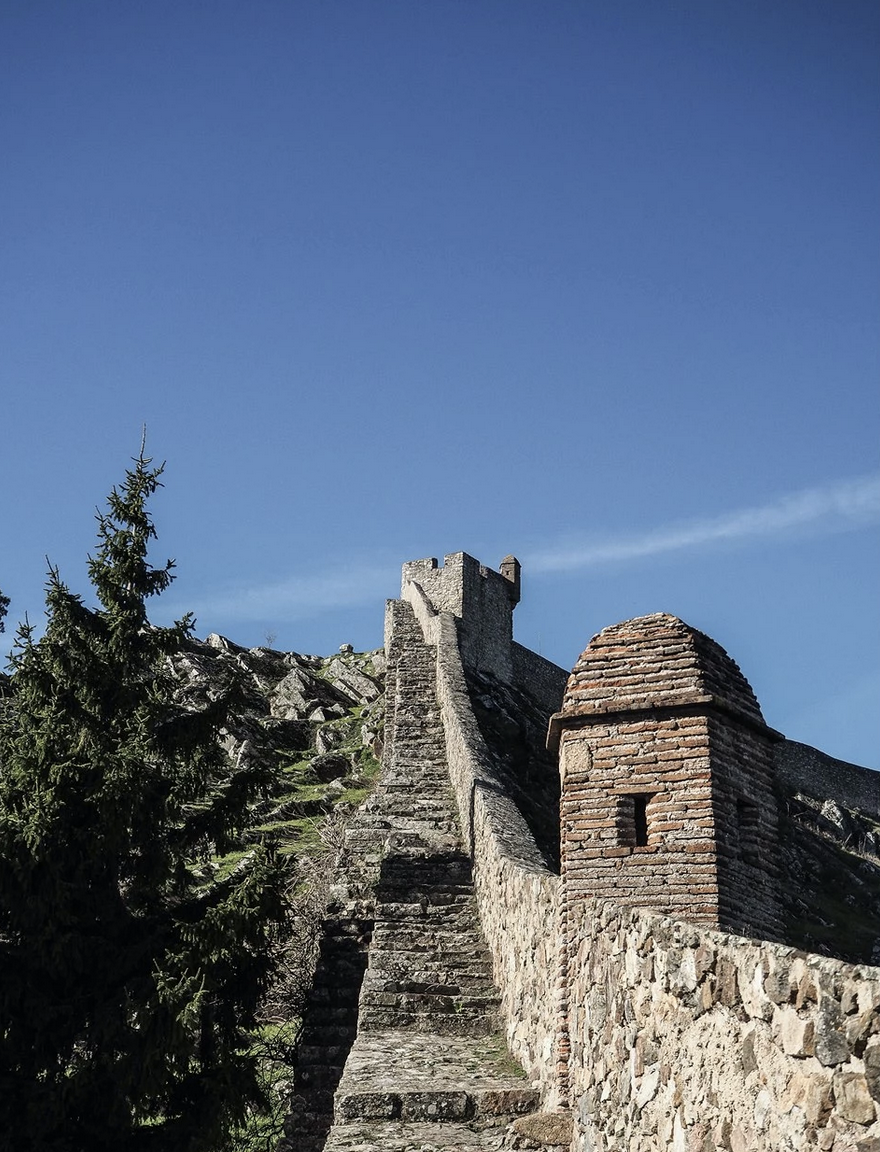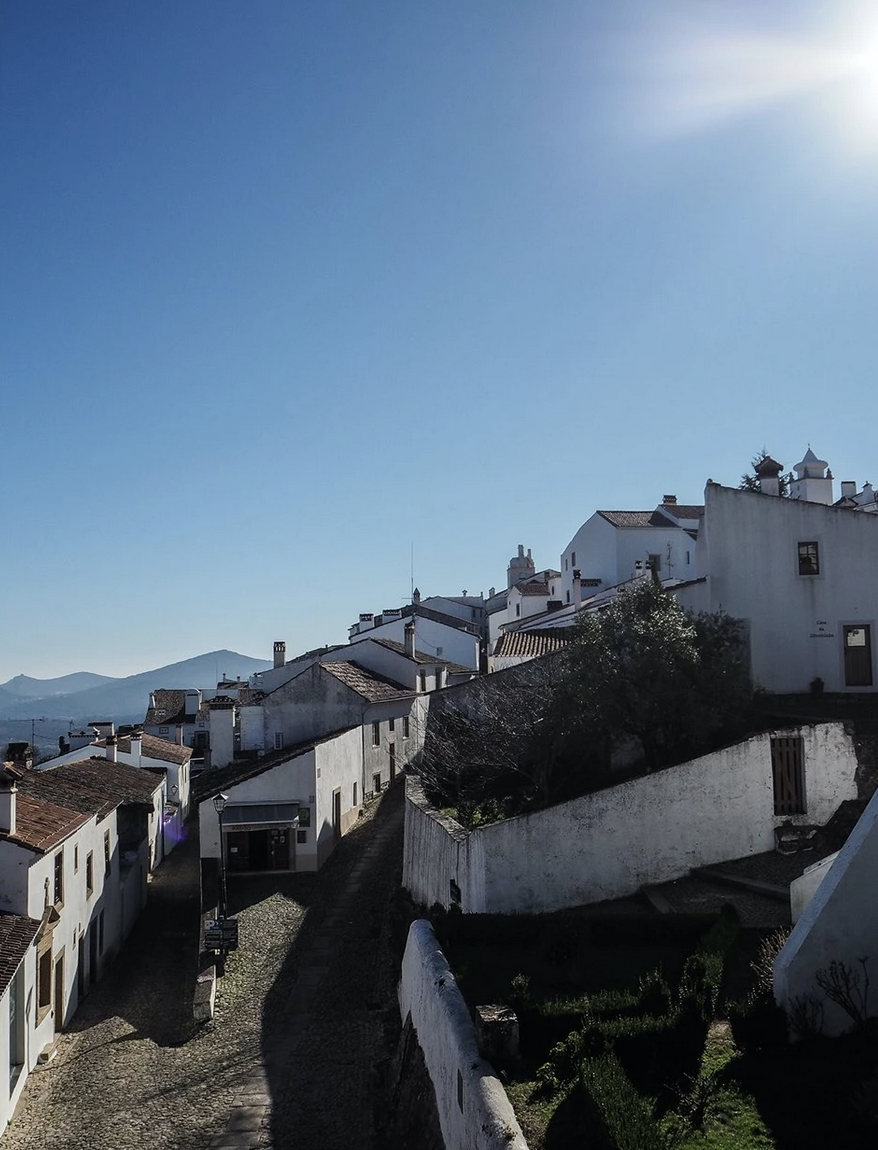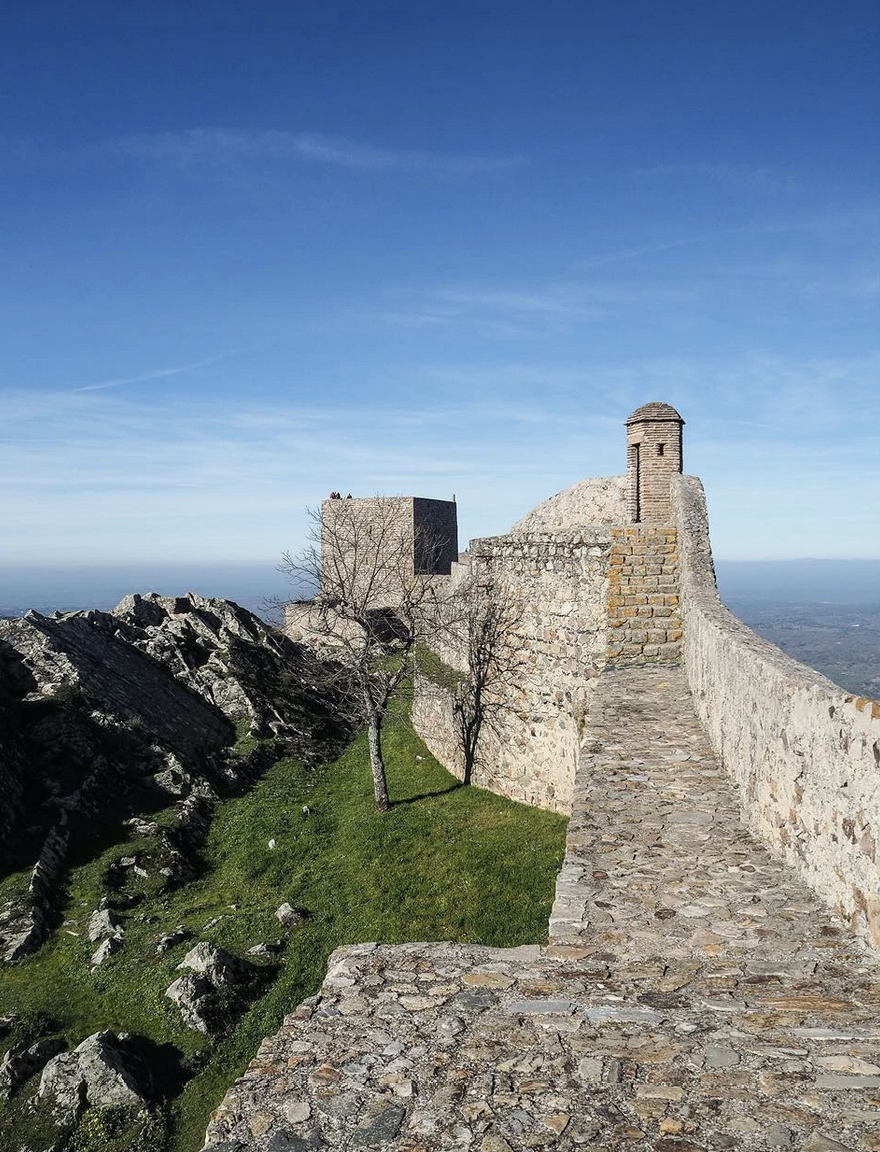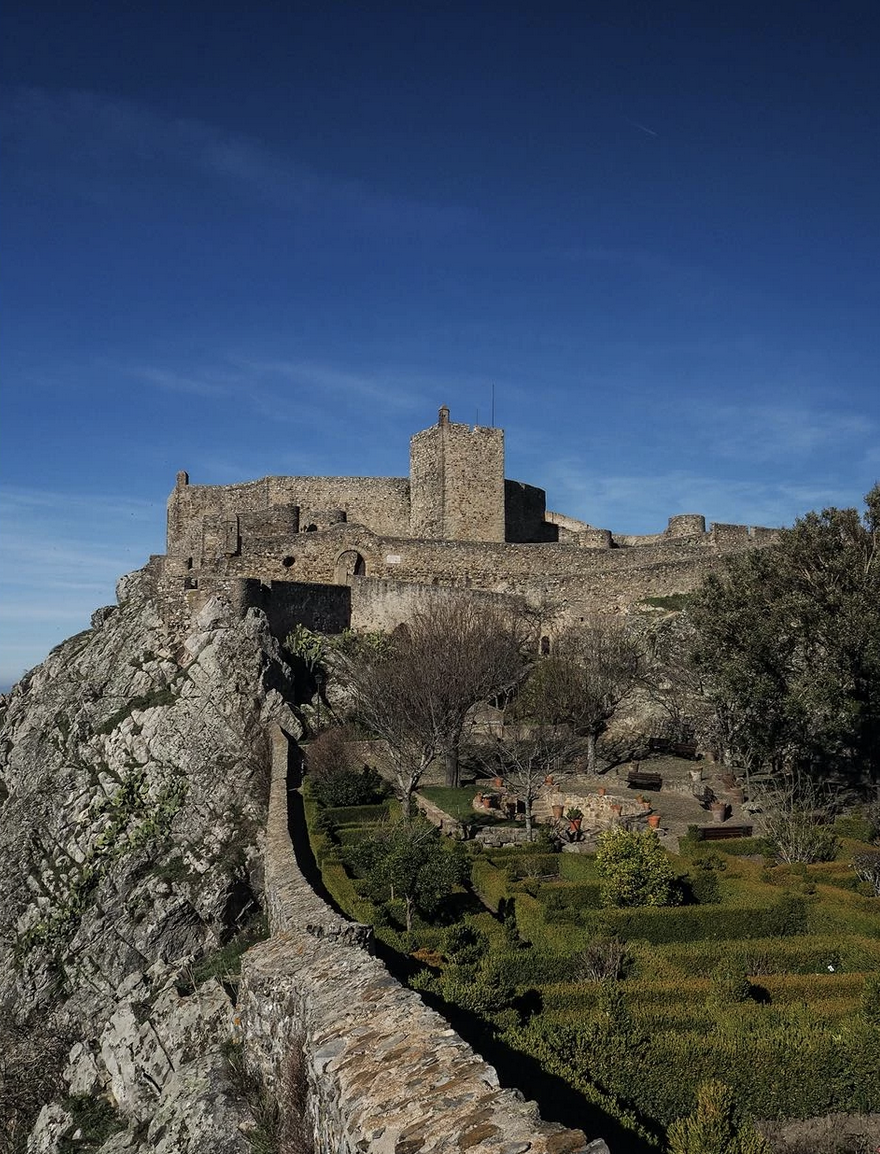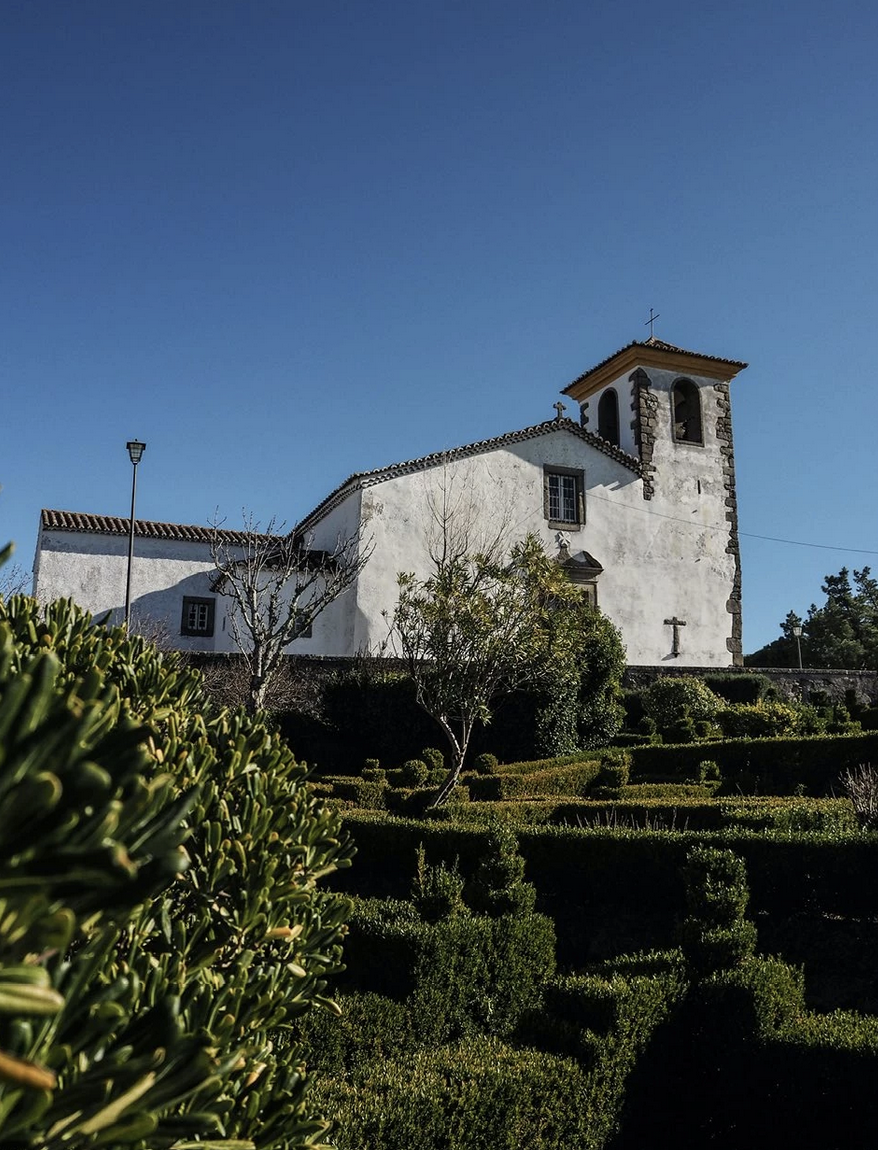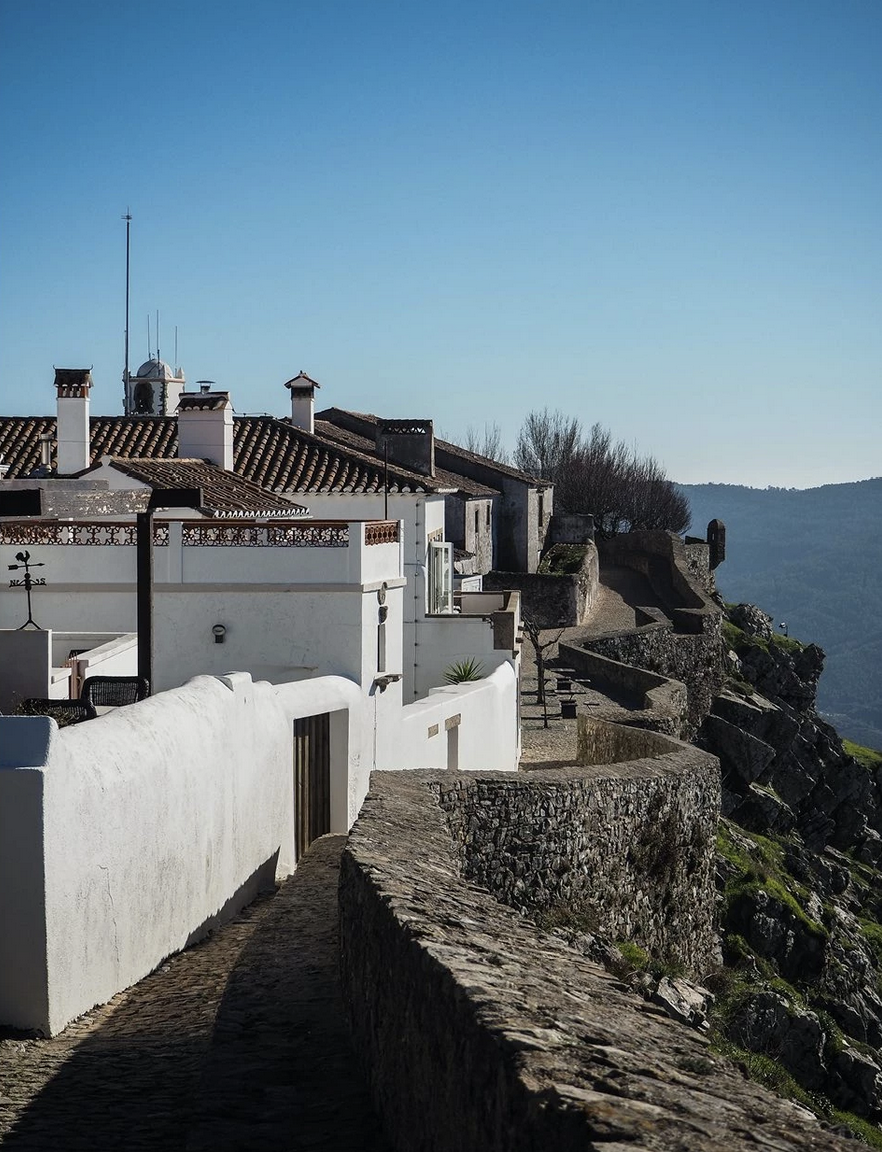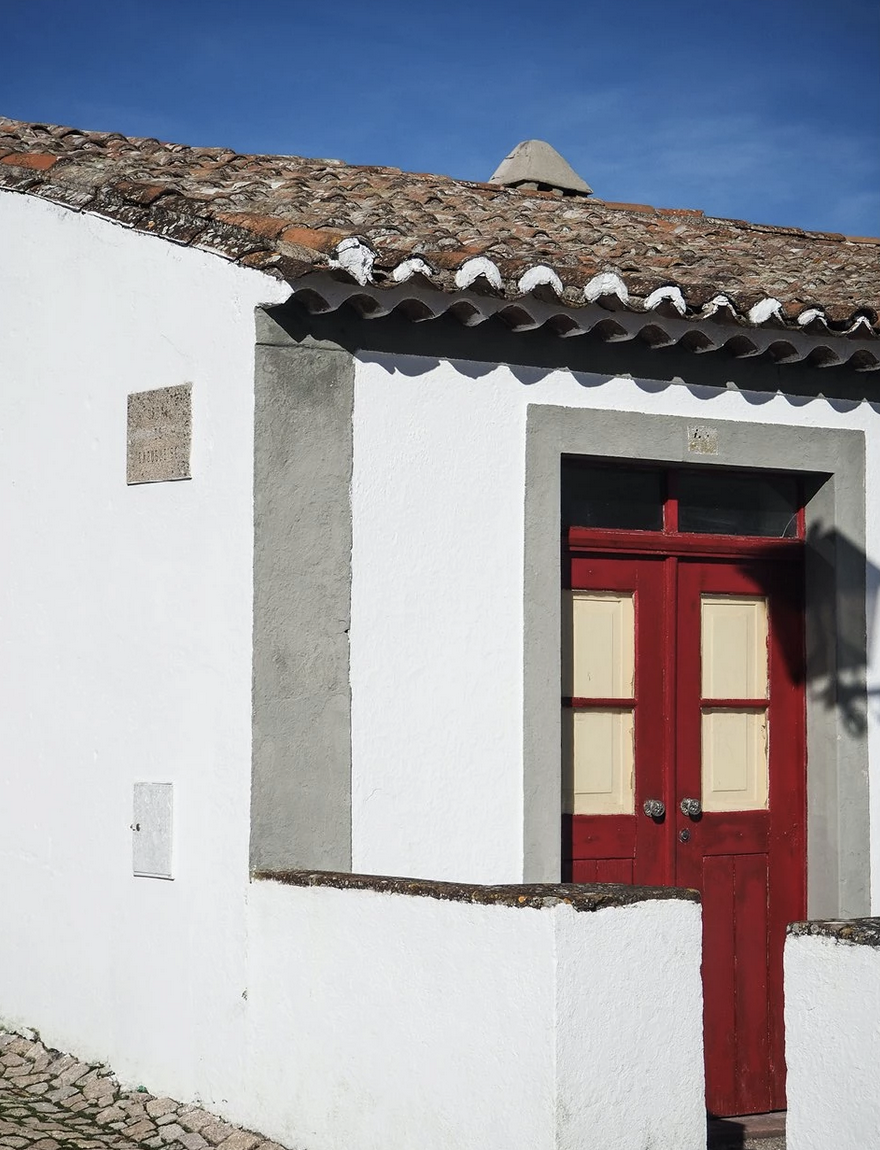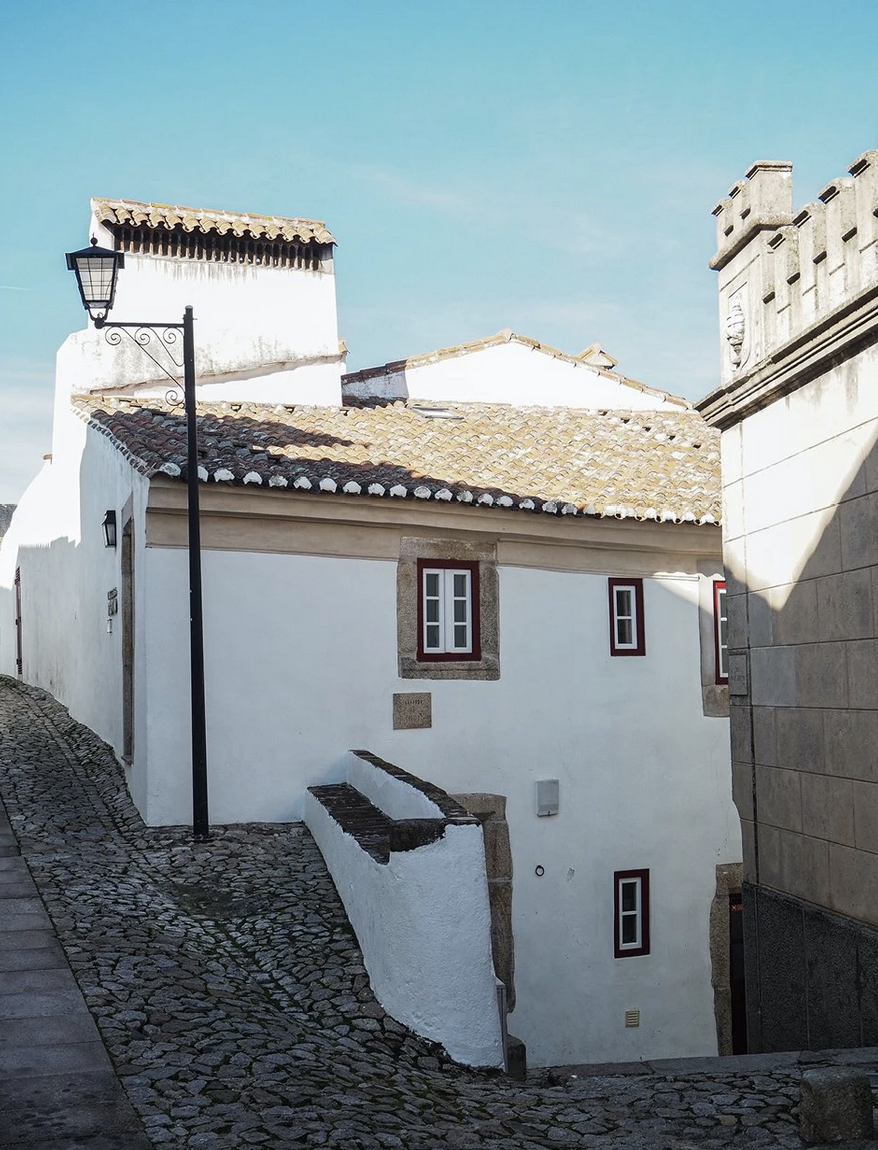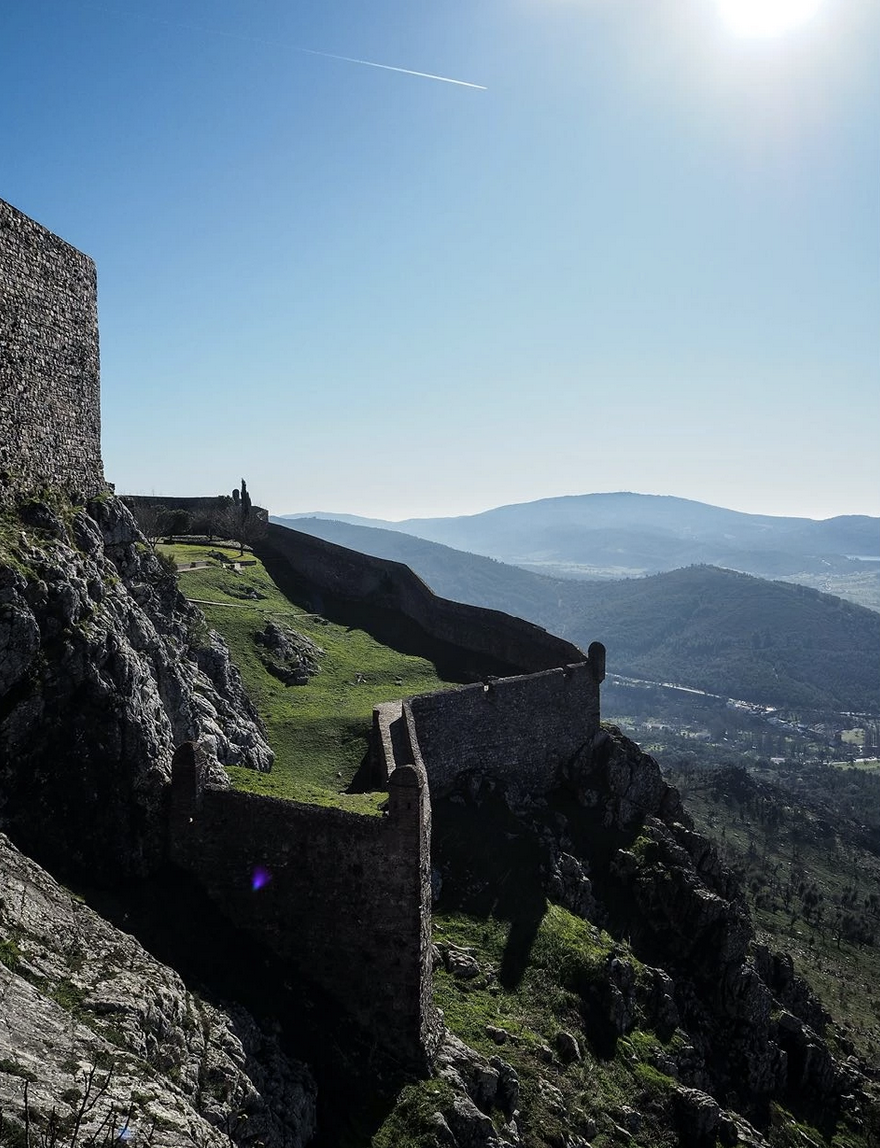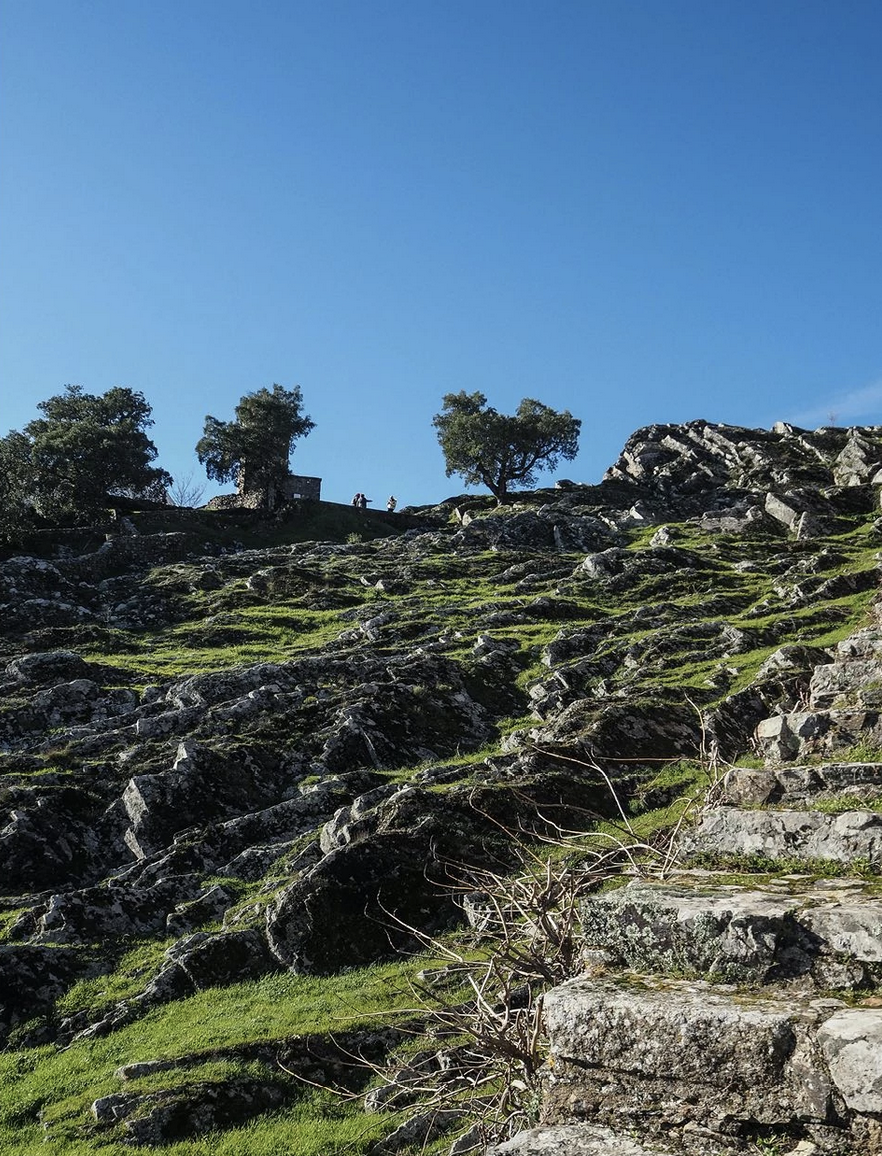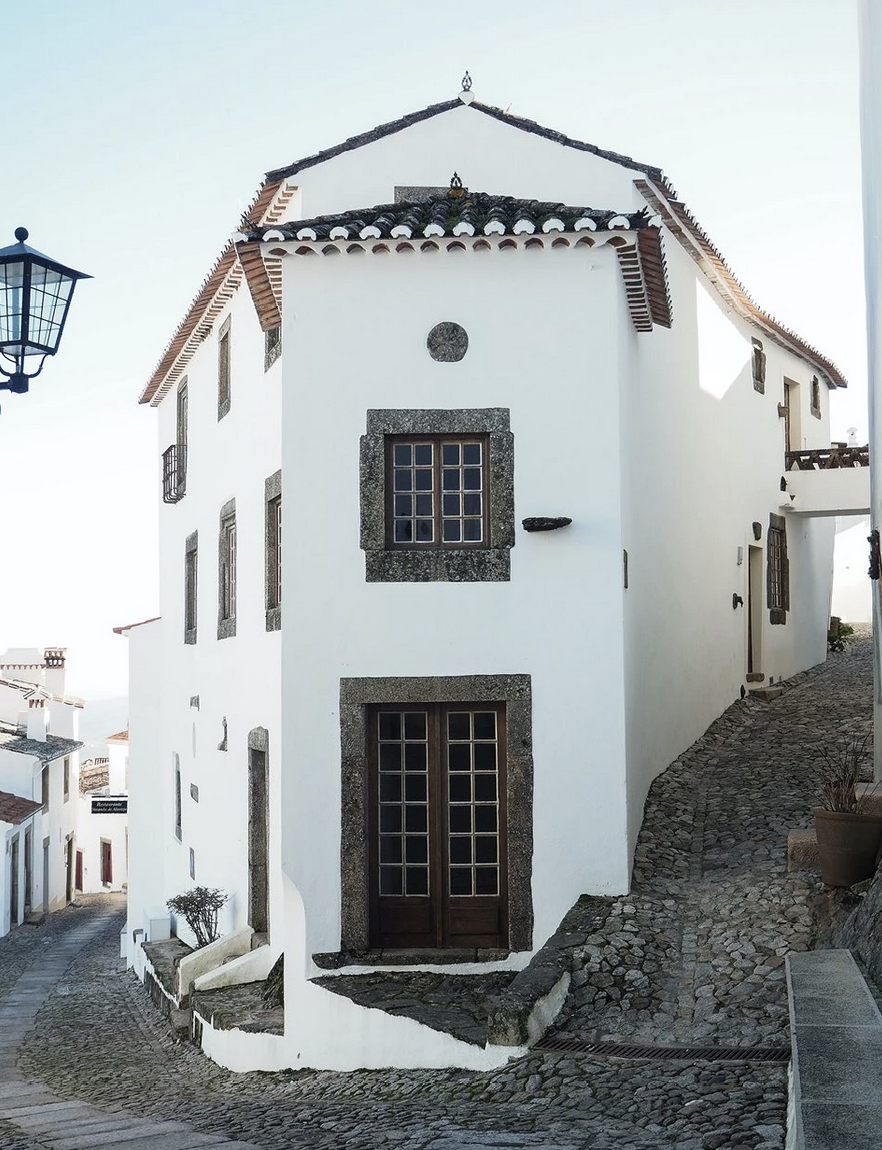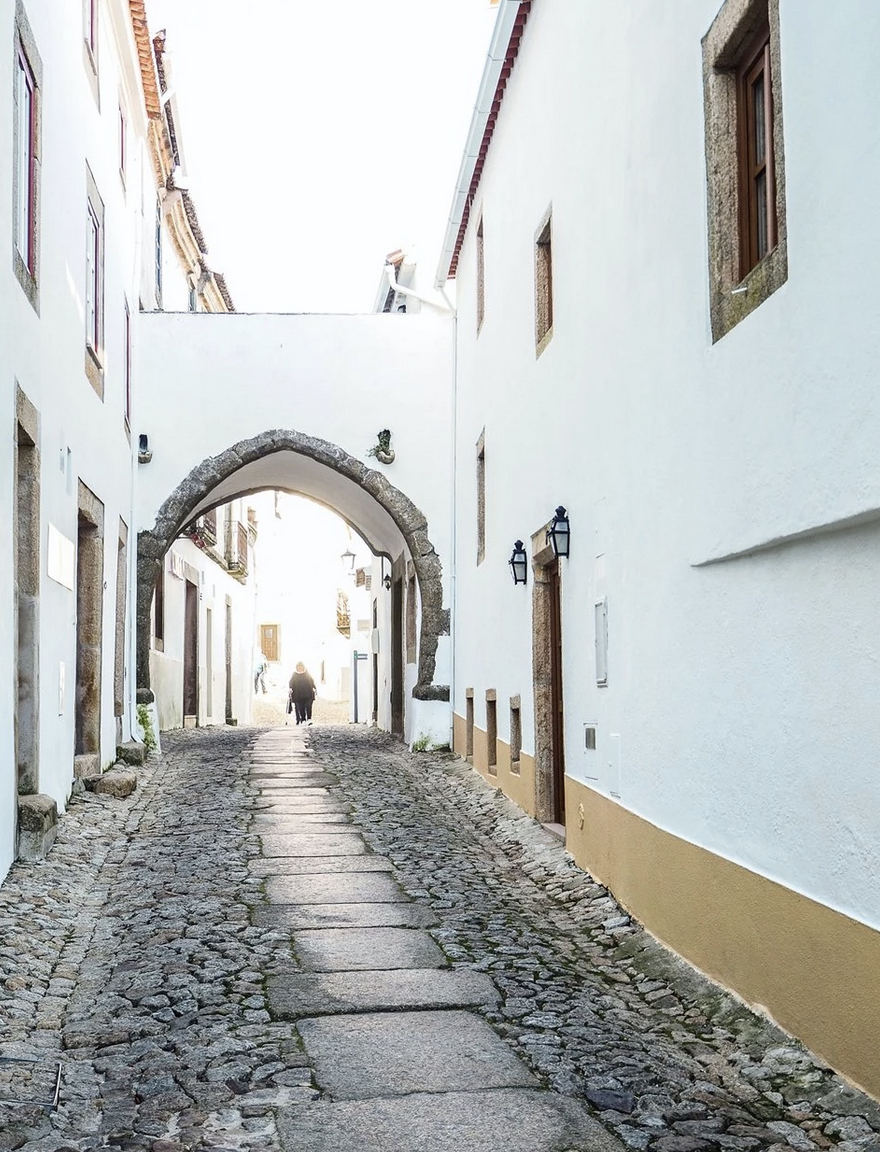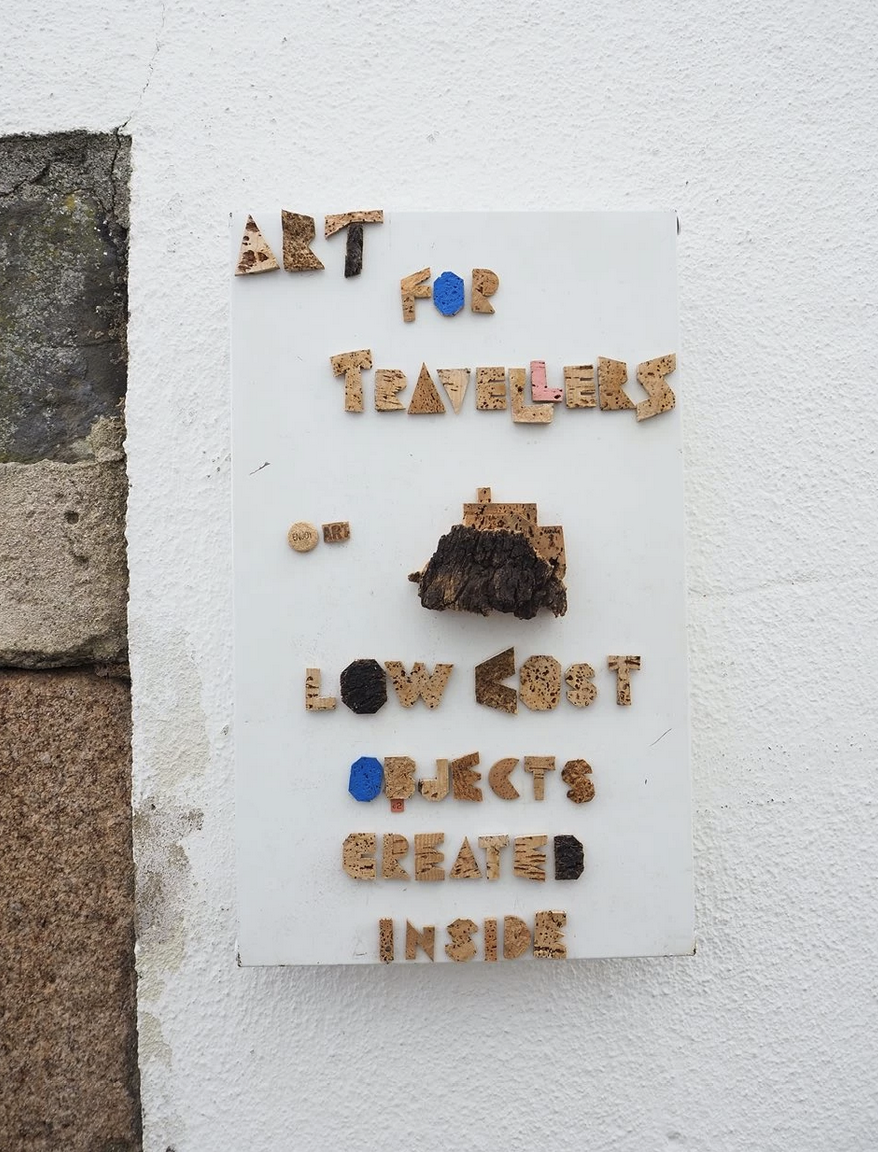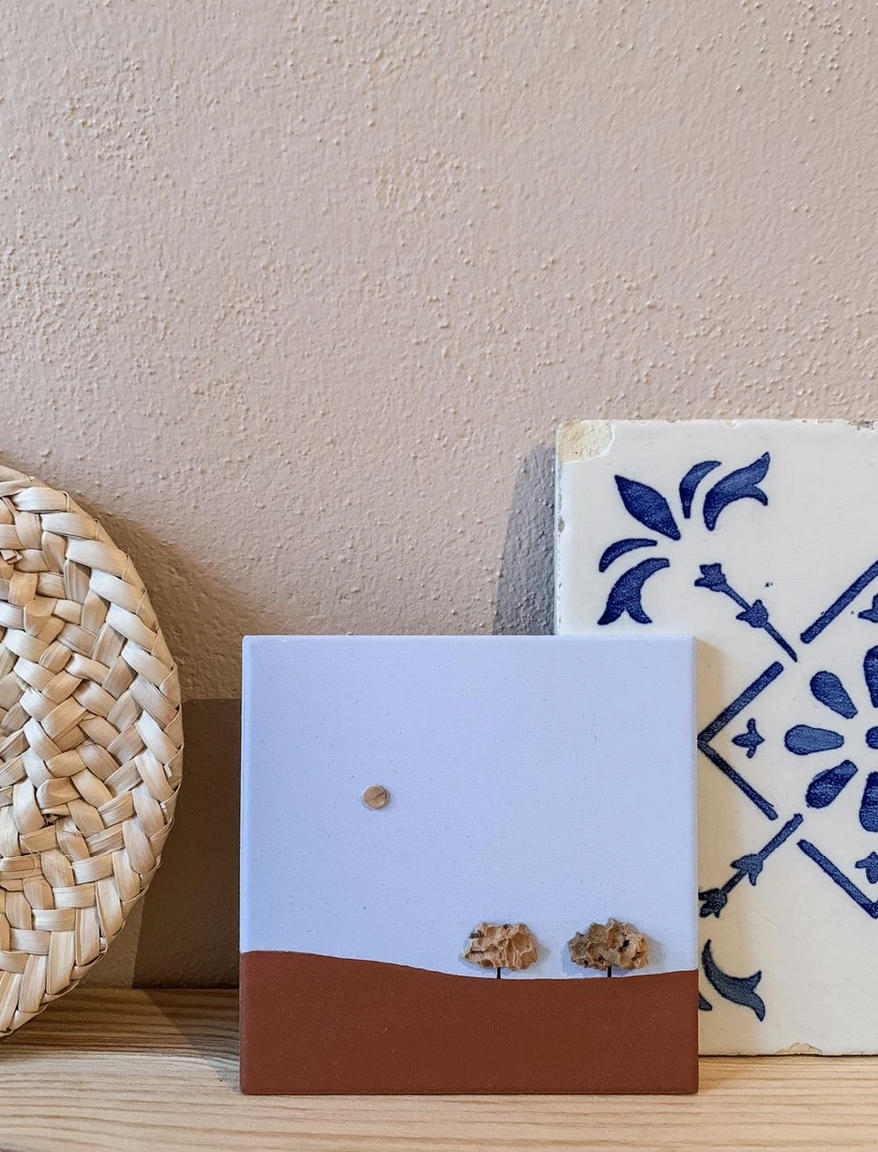Marvão
The highest village of Portugal
By now you've probably noticed that we love to visit Alentejo in winter and to explore all the beautiful little towns there. On the very last day of December 2019, we decided to visit Marvão. The weather was perfect, the sun was out and we barely met other people on our way up.
The peaceful town Marvão is situated on the highest crest of the Serra de São Mamede between Castelo de Vide and Portalegre, and only a few kilometers from Spain. We drove there from Villa Extramuros and it took us about 1h and 20 minutes. We first thought of doing a hike from Casteli de Vide to Marvão but unfortunately, we were on a very tight schedule. But friends of ours to recommend it if you love hiking.
Although there may have been previous occupations, the history of Marvão as we knot it today, commenced at the end of the ninth century with Ibn Maruán, who during his rebellion against the Emirate if Córdoba took refuge in this area. Taking full advantage of the exceptional features of the location, he started the construction of a castle which kept on being developed and modified throughout the subsequent 1000 years.
Marvão was an important military fort during the Reconquista. After being taken from the Muslims by King Dom Afonso Henriques it became part of the new kingdom of Portugal in the second half of the twelfth century. Marvão continued to be an important strategic location. It became an essential stronghold for border control and as a settlement, receiving its first charter from King Dom Sancho II, in 1226.
After the Christian Reconquista, Marvão continued to be important. Mainly as protection against the constant threat of invasion from Spain. To ensure the protection of the country and its people, in the early fourteenth century Kind Dom Dinis ordered the construction of a fortification around the village and further reinforcements to his castle.
In summer you'll enjoy some cooler temperature up here and in spring you'll have a even greener vegetation. But we also saw all the beauty of this little town in its winter coat. Marvão is mostly known for its castle but we should not forget to mention its architectural heritage including the Igreja de Santa Maria, a church that has been transformed into the Municipal Museum, the Igreja de Santiago, the Renaissance Capela do Espírito Santo and the Convento de Nossa Senhora da Estrela, lying outside the walls.
We loved visiting this quiet village in winter and enjoying a cold drink on the terrace at Largo de Santa Maria. Mike is the bigger fan of us two when it comes to castles and I on the other hand can choose a little souvenir to bring back home. In Marvão I found something that I've never seen before. It was a little tile showing an Alentejo landscape (painted) and the typical cork trees were actually made out of cork.
And for all the music lovers, in July there is a classical music festival called FIMM happening.
Sorry, I forget to note down the address of the shop, but it has this sign on the door and Marvão is not big.

